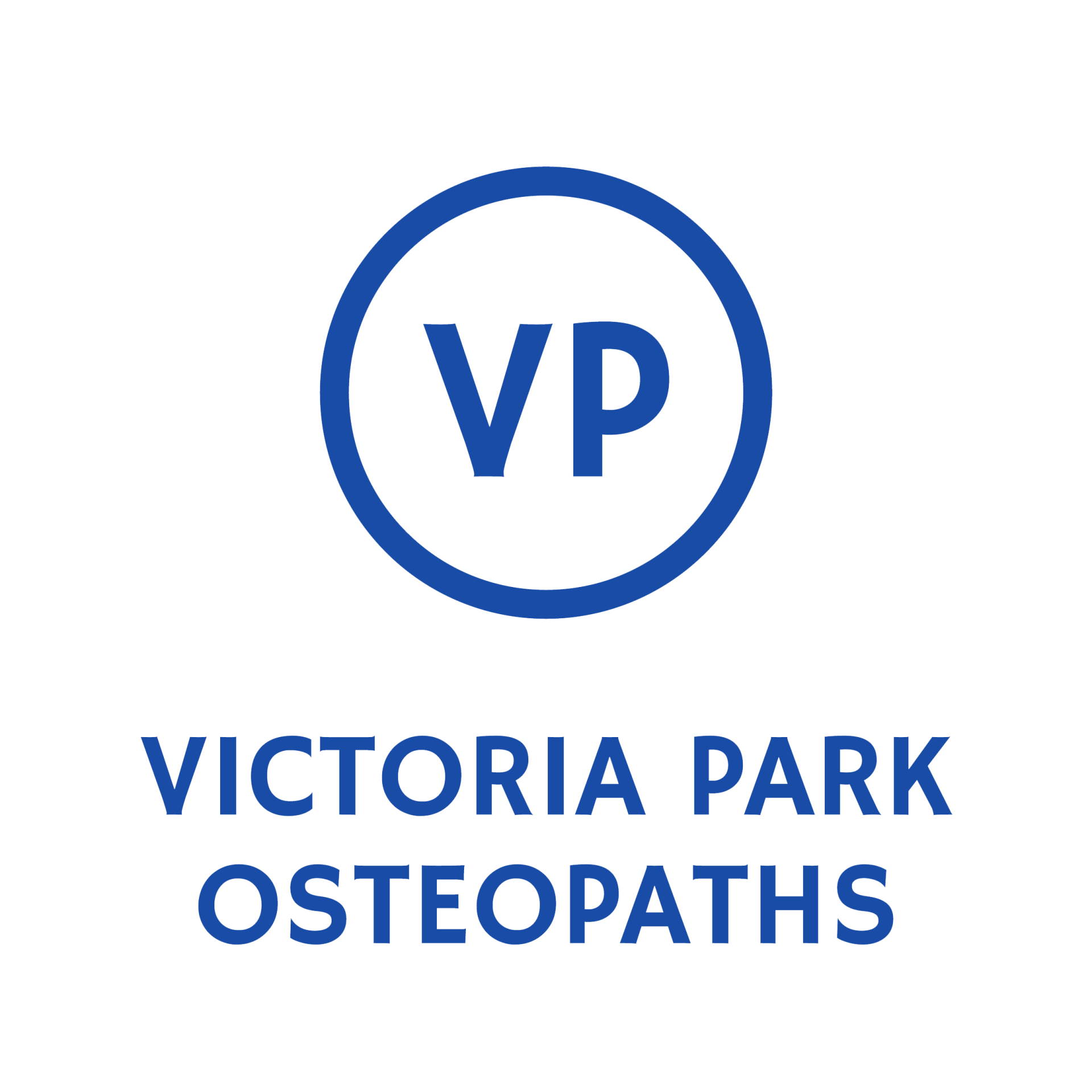What is Whiplash?
Whiplash is an injury caused by a sudden acceleration–deceleration force that causes the head and neck to jolt violently forward and backward (or side to side). This movement can strain or irritate the muscles, ligaments, joints, nerves, and discs of the neck and upper back.
It is most commonly associated with
road traffic collisions, but can also occur during sports injuries, falls, or any sudden impact.
Symptoms & What You May Experience
Symptoms can appear immediately or develop hours to days later. They may include:
- Neck pain and stiffness
- Reduced range of movement
- Pain referring to the shoulders, upper back, or head
- Headaches (often starting at the base of the skull)
- Muscle spasm or tightness
- Difficulty turning the head
- Fatigue or irritability
- Dizziness or blurred vision in some cases
- Jaw or facial discomfort (TMJ involvement)
- In some cases, pins and needles in the arms
Symptoms vary in severity depending on the force of the injury.
What causes Whiplash?
Whiplash results from:
- Road traffic incidents (rear-end or side-impact collisions)
- Sudden braking or acceleration
- Contact sports (rugby, boxing, martial arts, football)
- Falls or blows to the head
- High-speed rides or rollercoasters
The sudden movement can strain soft tissues, irritate joints, and affect the natural curve and biomechanics of the neck.
How We Help (At Victoria Park Osteopaths)
We focus on promoting healing, reducing pain, and restoring movement safely. Treatment may include:
- Gentle manual therapy to ease joint restrictions in the neck and upper back
- Soft tissue techniques for muscle tension and spasm
- Mobilisation of cervical and thoracic regions to restore movement
- Postural guidance to prevent protective stiffness
- Exercise rehabilitation, including mobility, strength, and stabilisation work
- Education and pacing strategies to reduce fear and encourage gradual return to activity
- Adjunctive therapies such as dry needling or acupuncture if suitable
We tailor treatment to your pain levels and phase of recovery.
Recovery Time & What to Expect
- Many people improve within 2–6 weeks with appropriate treatment
- Some moderate cases may take 6–12 weeks or longer if symptoms are widespread
- Early movement and reassurance help reduce risk of chronic pain
- With guided rehab, most return to normal activity without long-term issues
In more persistent cases, we help coordinate with your GP or specialist.
When to Seek Medical Review / Red Flags
You should seek medical attention urgently if you experience:
- Severe neck pain with inability to move the head
- Numbness, tingling, or weakness in the arms or legs
- Loss of bladder or bowel control
- Severe headaches, vision changes, or dizziness
- Confusion, memory problems, or loss of consciousness at the time of injury
- Pain not improving or worsening significantly over time


